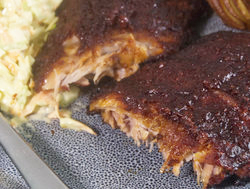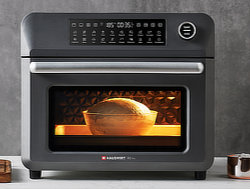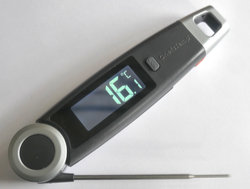
Join the Big Leagues:
Introduction & method
Discover How Pitmasters Smoke the Perfect Brisket
Smoking the perfect brisket is an art form. So, it isn't surprising to learn that pitmasters – the artists of the barbecue world – have mastered it. Well, the good news is that you don’t have to be an expert to turn out the perfect smoked brisket! Here are all the tips and secrets that you can use to get a juicy, smoky, and out-of-this-world result!
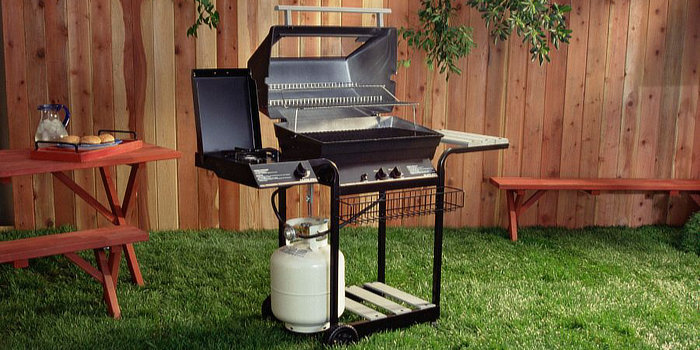
Find the Right Smoker for You
It isn't just about choosing the right grill, it is more about finding the right smoker for you. Ideally, you would use a charcoal grill or smoker for your brisket – this is the most old school way of doing things.
While grills like this do add a lot of smoky flavor, they are also notoriously tricky to start and manage. In particular, you will find it difficult to maintain and monitor the cooking temperature for your brisket. Therefore, there is a greater risk of things going wrong.
This is why you will be better off smoking brisket on a gas grill – it is easier to control and you will be able to get the same results as the pros. And, don’t worry about the flavor as you can use a smoker box with your gas grill to mimic the smokiness you get with charcoal smokers.

Choosing the Right Grade of Brisket
A great tasting brisket starts with the right cut of brisket. It is a good idea to spring for either Prime or Choice brisket like a lot of BBQ masters.
The thing about high grade cuts of beef is that they have a great deal of marbling running through the meat. When this fat is rendered during the slow cooking process, it adds both moisture and flavor to the brisket.
Now, there are some pitmasters who opt for Select brisket. These pros, however, also smoke their briskets at much higher temperatures to prevent the meat from drying out. The thing is, though, it can take a lot of trial and error to learn to smoke meat at higher temperatures. In the meantime, you risk cooking your brisket into a dry mess.
There is no denying that Prime or Choice brisket can be quite expensive. This is why you should opt for the point or the flat instead of buying a full packer brisket for your cookout.
Inject or Brine the Brisket
If you want to tenderize, add moisture, and add flavor to your brisket, then you have to either inject a marinade into the brisket or use a dry brine.
Looking for a fuss-free method? Then dry brining is the way to go. Here, you simply sprinkle kosher salt over the entire cut of meat. Then, refrigerate the meat, uncovered, for anywhere from 12 to 24 hours.
An increasing number of pitmasters are injecting their brisket, though. The advantage here is that you typically only have to inject the meat about half an hour before smoking it. Therefore, there is less preparation involved.
In case you want to inject the meat, use beef broth – this won’t take away from the natural flavor profile of the beef. The other trick to remember is to map out a grid on the brisket. This way, you inject a similar amount of liquid at equal intervals.
Always place the needle in until you reach the middle of the brisket. Otherwise, the marinade will simply squirt back up.
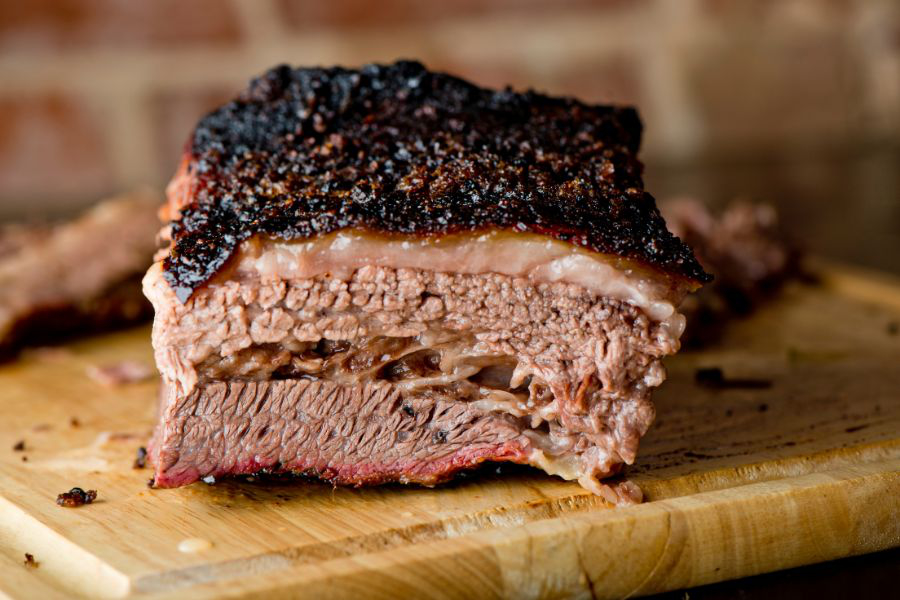
Create a Great Bark
The key to a good bark is using the right combination of spices. A tried-and-true combination is black pepper, sugar, garlic powder, onion powder, mustard powder, chili powder, and cayenne pepper.
If you want to add a little bit of kick to it, then smoked paprika can be a nice addition.
Now, you want a nice, crusty bark. Due to this, make sure to coarsely grind your black pepper. Try using a mortar and pestle instead of a traditional grinder so that you get chunkier pieces.
Another trick is to apply a thin layer of yellow mustard to the brisket and then to sprinkle the dry rub on top. This helps the spices to adhere to the brisket better.
Choose the Right Wood
Beef – and brisket – has a stronger flavor to it. Due to this, you can feel free to opt for stronger woods like hickory or mesquite.
At the same time, don’t be afraid to get a little creative with your wood choice. Throwing in a bit of apple, cherry, or even maple can be a nice way to add some sweetness to your brisket.
Choose the Right Smoker Temperature
When it comes to smoking brisket, it is all about going low and slow. Now, you may have heard of pitmasters who crank the temperature all the way up to 300°F (149°C), but they are few and far in between.
It is a far better idea to follow the pitmasters who smoke their briskets at around 225°F (107°C). Yes, it does take considerably longer but this longer time gives the meat time to break down. Not to mention, the lower temperature guarantees that you will not burn your brisket.
Use Butcher Paper to Wrap Your Brisket
Wrapping your brisket to overcome the stall isn't a new method. However, for the longest time, people were using aluminum foil.
Foil is great at trapping heat close to the brisket so that you can overcome the stall. Unfortunately, the thick barrier also traps in a lot of moisture. As a result, your bark can be rather soggy.
This is why pitmasters like Aaron Franklin have started using pink butcher paper instead. This material is a bit more porous, allowing some of the moisture to escape.
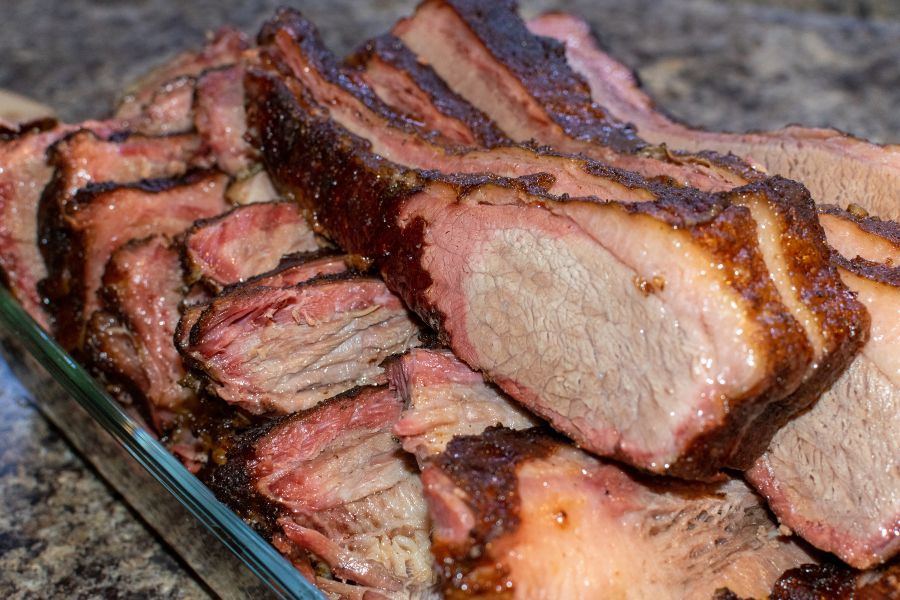
Use a Meat Probe
You may have heard old-timers swear that they can tell when the brisket is done just by looking at it. However, this is a myth which is why the new generation of pitmasters always use a meat thermometer to tell when the brisket is done.
Simply stick a wireless probe into the brisket before it goes into the smoker and track the internal temperature this way.
When the internal temperature reads between 195°F (90°C) and 200°F (93°C), it is ready to be taken out.
Resting the Brisket
Ask any pitmaster and they will tell you that resting the brisket as important of a step as any other in the process. During the rest period, your brisket is able to reabsorb all those lost juices and become juicier, tender, and tasty.
Most pitmasters will let their brisket rest for upwards of two or three hours – particularly the full packer briskets. Even if you are in a rush, you should let your brisket rest for at least an hour.
These are all the tricks that renowned pitmasters use and now you can follow their strategies too. Go ahead and put all these secrets to good use and create your own lip smacking brisket!
The video above is from the Keef Cooks YouTube channel. Click here to see the video recipe of Join the Big Leagues: on YouTube.
Related recipes from Keef Cooks
You might also like these recipes:
Ingredients & Info

Total time: .


